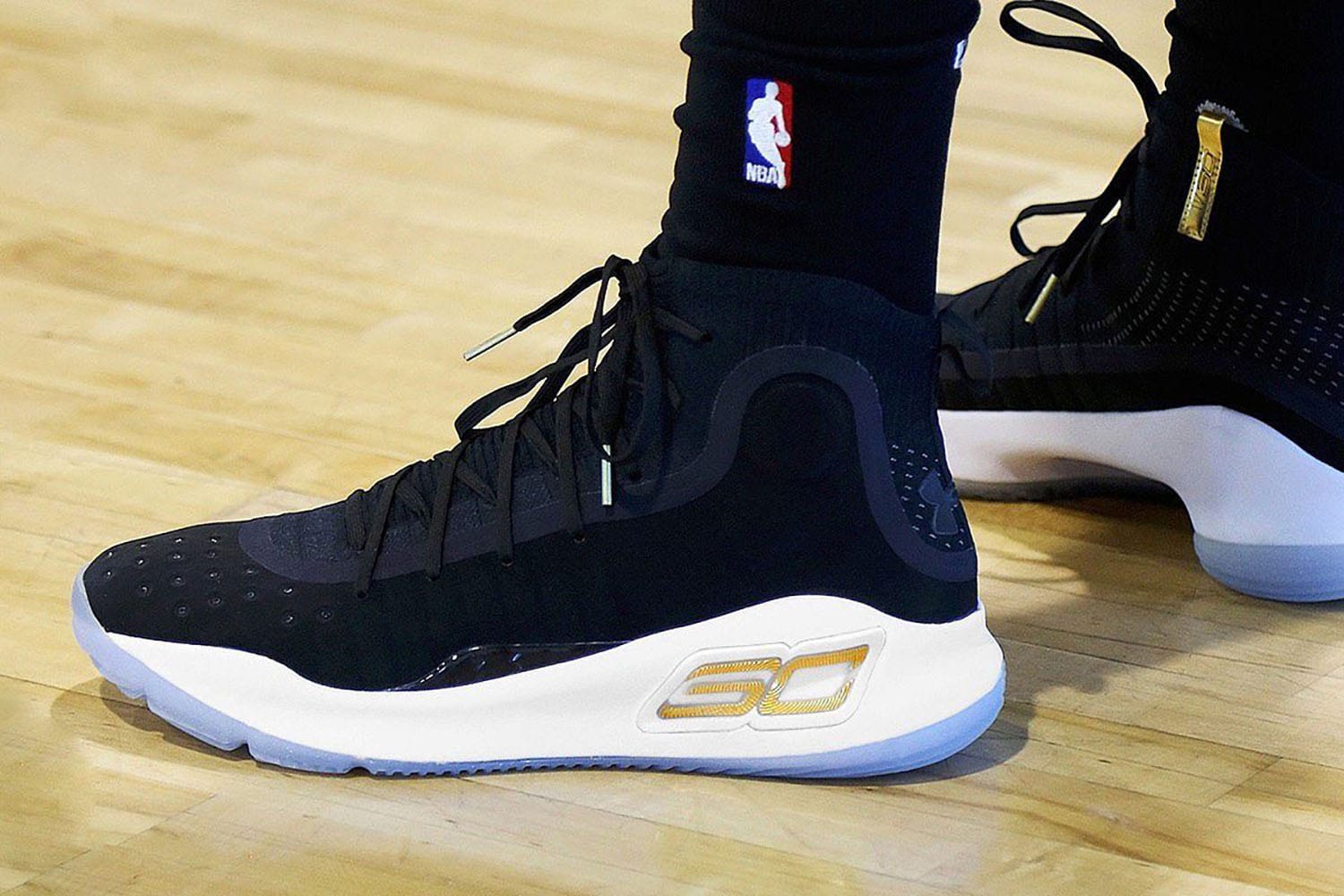Explain the Game – Hack-a-Shaq

The Hack-a-Shaq is a tactic where a team continuously fouls the worst free throw shooter of the opposing team. This way, the player would probably miss a lot of free throws, and the team that made the foul can get the ball back faster. Shaquille O’Neal was definitely one of the worst free throw shooters in the NBA, as he had a career average of 52,7%. Furthermore, he once managed to miss eleven out of eleven free throws in a game, which is a record. Because of the Hack-a-Shaq tactic, O’Neal was the third ranked player all-time in free throws, as he had shot 11.252 free throws in 1.207 games.
But, though Shaquille O’Neal was an excellent player for this tactic, he wasn’t the original victim of the Hack-a-Shaq. Wilt Chamberlain was a dominant player in the league for years, great in closing games, but he was a terrible free throw shooter. Therefore, everyone would try to foul him, and Chamberlain would try to do everything to avoid going to the line. This often led to enjoyable situations on the court, where Chamberlain would try to avoid the defenders as long as possible.

The Hack-a-Shaq was first used as an actual tactic in 1997 by Don Nelson, the coach of the Dallas Mavericks. He told one of his players, Bubba Wells to intentionally foul Dennis Rodman whether he had the ball or not, to send him to the free throw line. That game, this new tactic didn’t work out, as Rodman made 9 out of 12 free throws though his normal FT percentage was below 40 percent. Two years later, in 1999, Nelson decided to give in another go with Shaquille O’Neal as the victim, and a new tactic was born.
When Shaq retired in 2011, it didn’t mean that the Hack-a-Shaq days were over. There were still several players in the NBA that were terrible free throw shooters, such as Dwight Howard, DeAndre Jordan and Andre Drummond.
In 2016, the NBA decided to make some changes to the rules to limit the amount of Hack-a-Shaq’s in a game. This would speed up the game, which would make it more interesting for the fans and less difficult for the broadcasters. The rule changes meant that off-ball fouling would be less of an advantage for the opposing teams. The new rules said that an off-ball foul in the last two minutes of a game meant that the player would get one free throw and the offensive team would remain possession of the ball. The same applies for an inbounding foul in the last two minutes. Furthermore, a deliberate, excessive foul would sooner be called a flagrant foul.







